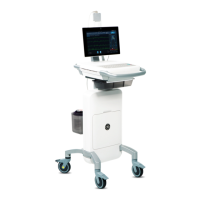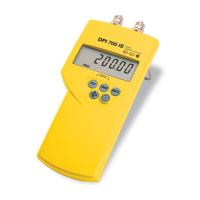Section 11 — Balancing Rotors
214
Section 11 — Balancing Rotors
This section describes the procedure for performing balancing
operations. You will learn to:
• Understand the balancing process
• Select appropriate balancing settings
• Set up a balancing job
• Manually enter balancing values
• Use the instrument's suggested balance weight calculations
Methods for Balancing Rotors
Your instrument can balance rotors that are rigid and do NOT flex
significantly at their operating speeds.
An unbalanced rotor has an uneven mass distribution that causes the
rotor to vibrate when it rotates. Balancing a rotor requires correcting the
uneven mass distribution by adding or removing weight to/from
precisely calculated positions on the rotor.
You can balance a rigid rotor in one or two planes. You can correct any
uneven mass distribution in the rotor by adding/removing weights
to/from one or two selected cross-sectional planes on the rotor.
For single plane balancing, the mid-plane of the rotor is usually used as
the balancing plane. The planes at the extreme ends of the rotor are
usually used for dual-plane balancing. However, other planes on the
rotor can also be used.
The effect of a rotating weight (i.e. centrifugal force) increases with the
radial distance of the weight. Consequently it is common to add weight
to, or remove weight from, the rim of the rotor (rather than a position
close to the center of rotation). Making weight adjustments at the largest
possible radial distance minimizes the amount of weight that needs to
be added to, or removed from, the rotor.

